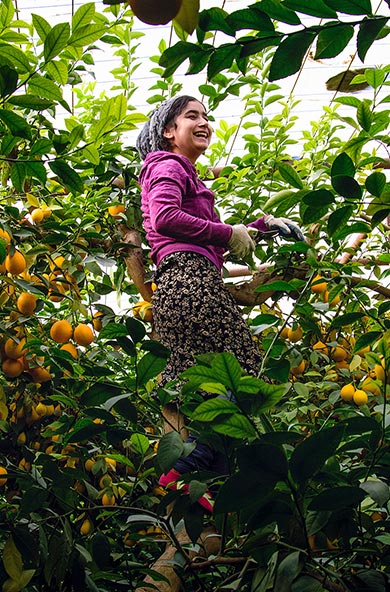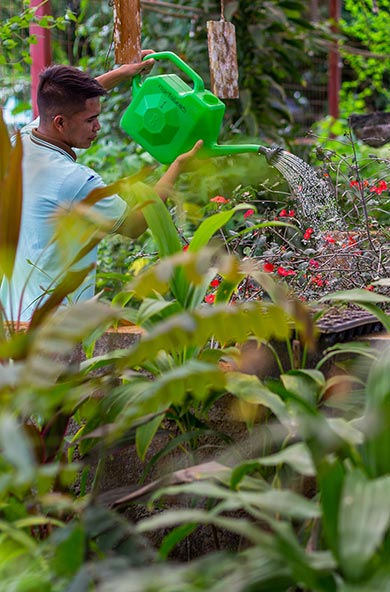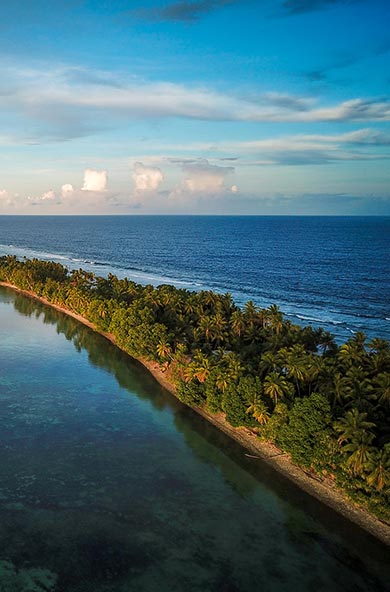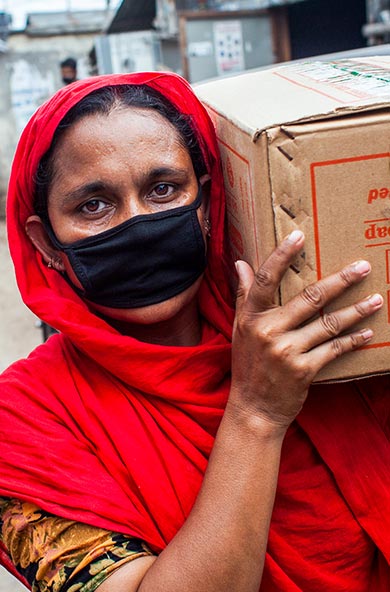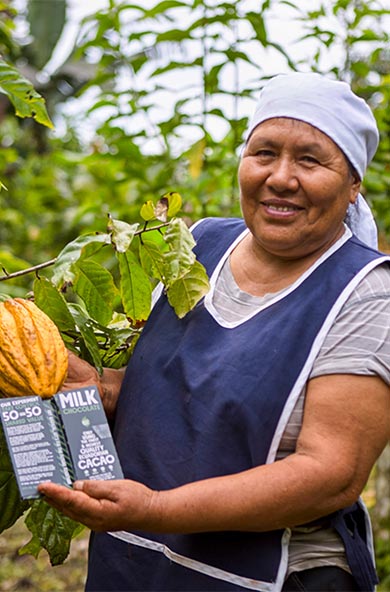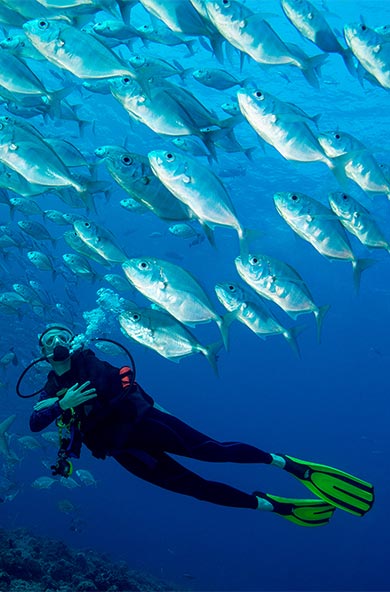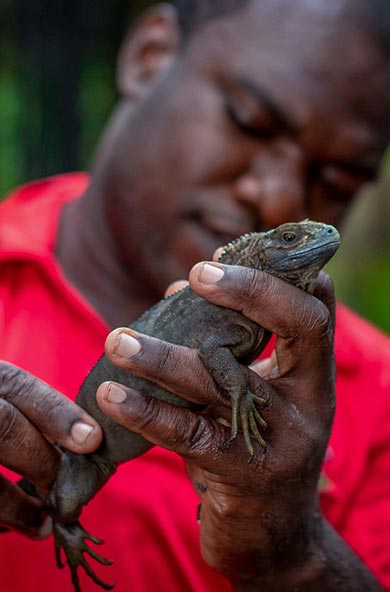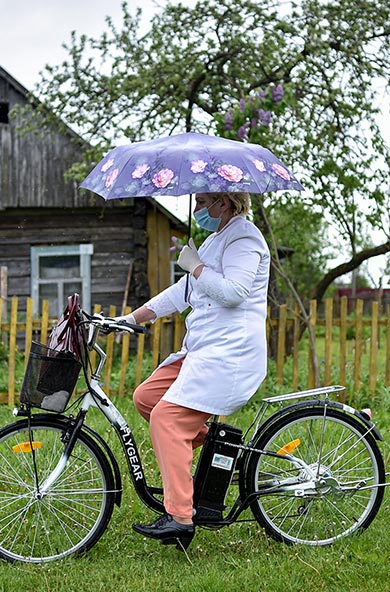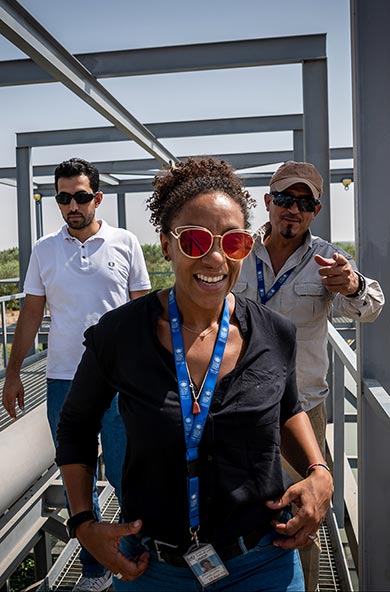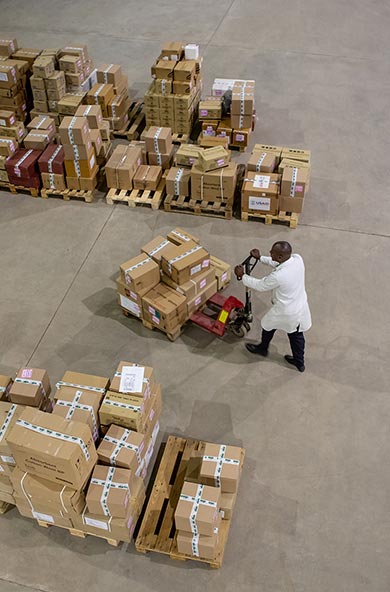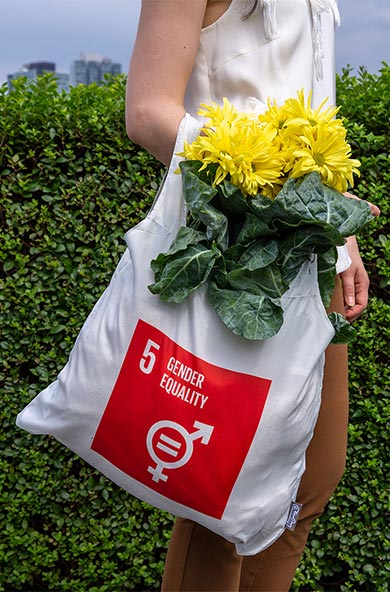The concept of ‘blue economy’ is gaining momentum. It is all about using ocean resources for economic growth, improved livelihoods and jobs, while preserving ocean and coastal ecosystem health. It includes economic activities, such as sustainable marine energy, sustainable fisheries, better management of ocean waste and ocean-related eco-tourism. The blue economy holds great potential for coastal communities around the world. Take for example, the Caribbean.
At the Board of Governors Meeting of the Caribbean Development Bank (CDB), 30-31 May 2018, the focus is on resilience, against the backdrop of one of the most devastating hurricane seasons the Caribbean region has experienced in recent history. As a contribution to the meeting, CDB and UNDP have partnered on a report to spark dialogue around the ways in which Caribbean countries can build resilience by adopting a ‘blue economy’ approach to development. The report identifies the financial challenges in the region, highlights innovative financing options that could be tested, and discusses policy and regulatory enablers to advance blue economy strategies at national and regional level.
What are the challenges? Financing investments in key blue economy areas such as sustainable infrastructure or research and development remains a significant challenge for Caribbean countries with a narrow economic and tax base, and in many cases high public debt. The debt-to-GDP ratio is over 60 percent in 12 out of 20 Caribbean countries according to Moody’s. Graduation of Caribbean countries to upper-middle and high-income status meanwhile has resulted in the decline of development aid by about 50 percent between 2006 and 2016, according to the World Bank, as well as restricted their eligibility for concessional finance. However, the region remains disproportionately vulnerable to environmental shocks and climate change. In 2017, hurricanes Irma and Maria caused damages to Dominica estimated at more than 225 percent of GDP. This means affected countries need to find additional resources for relief and reconstruction.
What can be done? To finance blue economy investments, it is crucial that Caribbean countries have easier access to concessional finance and innovative debt instruments, such as countercyclical loans (allowing debt service to fall in the event of a major shock). There is also a need to explore innovative finance models, such as blended finance (combining public and private investment), impact investment (investing to generate impact alongside a financial return) and blue bonds (tapping into capital markets to fund ocean-related environmental projects). The report shows that these are underexplored areas for the Caribbean.
There are examples to learn from. Seychelles is one country championing the blue economy model. It has combined several innovative finance models to fund sustainable ocean-development and conservation. It issued its first ‘Blue Bond’ in 2017 to raise US$15 million to finance the transition to sustainable management of small-scale artisanal fisheries, including measures aimed at rebuilding fish stocks, harvest control measures, post-harvest and value adding activities, and scientific and sector support services. It also implemented a debt-for-nature swap combining $15.2 million of impact capital and $5 million in grants to buy back a portion of Seychelles’ debt at a discount, using the proceeds to fund marine conservation and climate change adaptation through a new trust fund named Seychelles Conservation and Climate Adaptation Trust.
The report highlights opportunities for a regional approach to policy. Some policy and regulatory enablers include a region-wide economic policy (negotiating with investors with terms and prices determined regionally), ocean governance (setting-up frameworks, laws and institutions for ocean-resource management at the regional and national levels), supportive business environment (improving ease-of-doing business and complementary infrastructure), and advocacy and participatory development (educating and encouraging participation of citizens in blue economy activities).
A regional knowledge hub focusing on sharing and building knowledge specific to blue economy could also help the Caribbean to work as a collective. Grenada, for example, is the first country to develop a vision for “Blue Growth” and to articulate a national “Masterplan” for blue economic development. Grenada’s “Blue Innovation Institute” is one of the key components of the country’s masterplan. The Institute aims to be a centre-of-excellence and think-tank on blue economy and also seeks to develop innovative new “blue” financing instruments such as blue insurance (co-financing and discounting premia if marine economy protection measures are taken).
Such initiatives at a regional level could serve as a platform for the Caribbean to pool expertise, assess lessons learned from existing initiatives, scale up successes and develop common approaches. It could also serve as a catalyst to engage high-level political leadership from the region, the private sector, impact investors, donors and financial institutions to promote access to finance and investment, foster innovation, and help forge public-private partnerships for the sustainable development of ocean economies.
Innovative financing and regional dialogue will thus be central to a blue economy approach, serving to strengthen small island states’ resilience to environmental shocks and climate change. These options can help policymakers to embrace island states’ comparative advantage to create an environment that better facilitates sustainable investment and collaboration.
About the author
Radha Kulkarni is a project advisor working on Development Finance and Tax Inspectors Without Borders with the Strategic Policy Unit at UNDP. Follow her on Twitter: @radhaskulkarni


 Locations
Locations